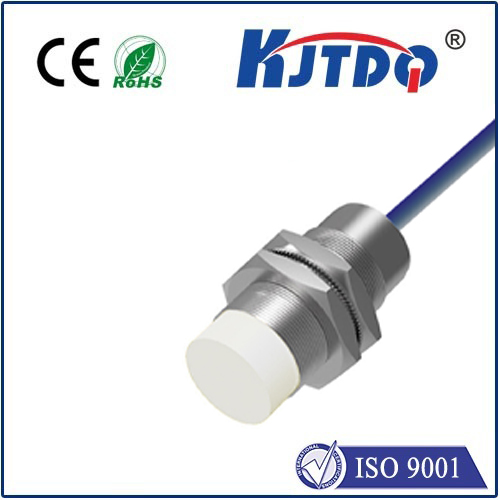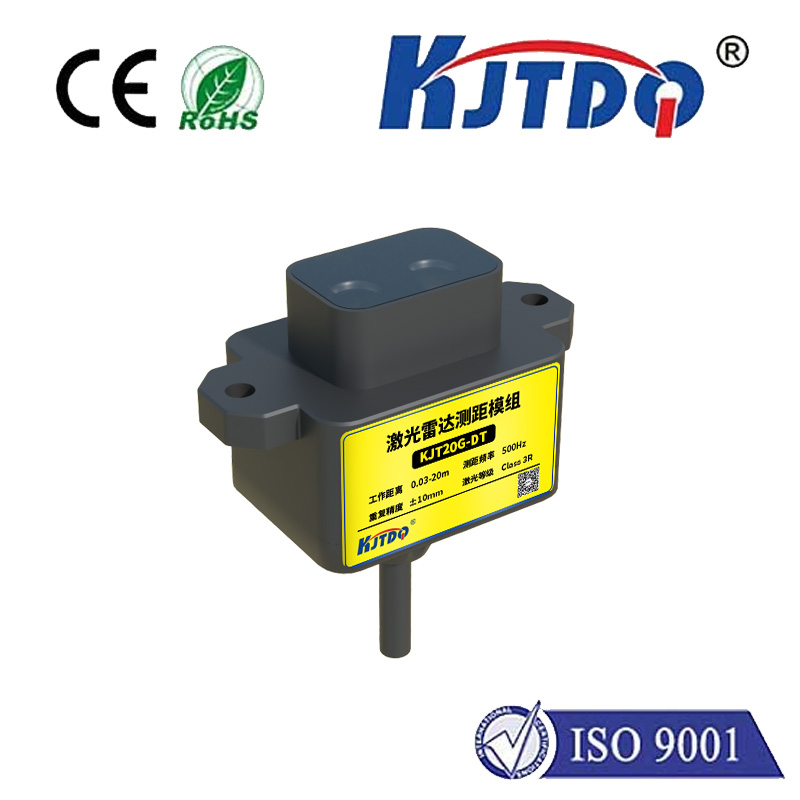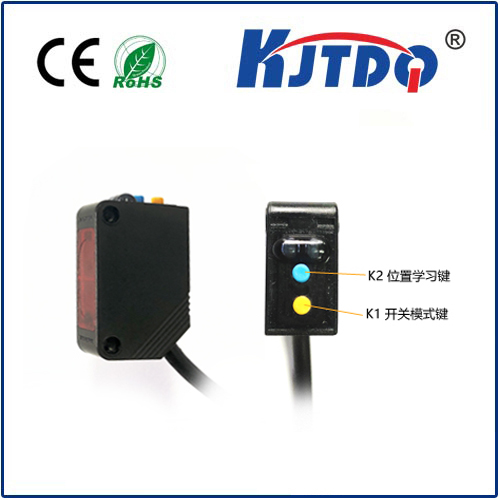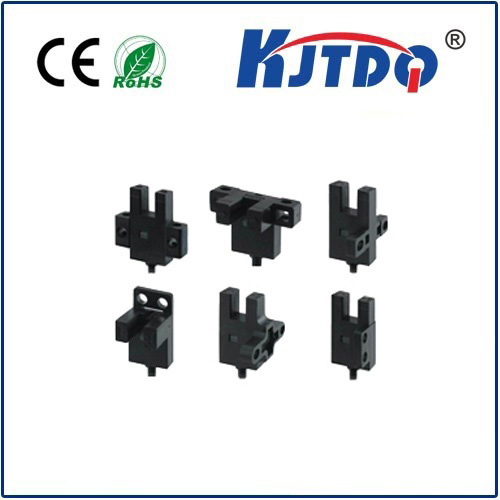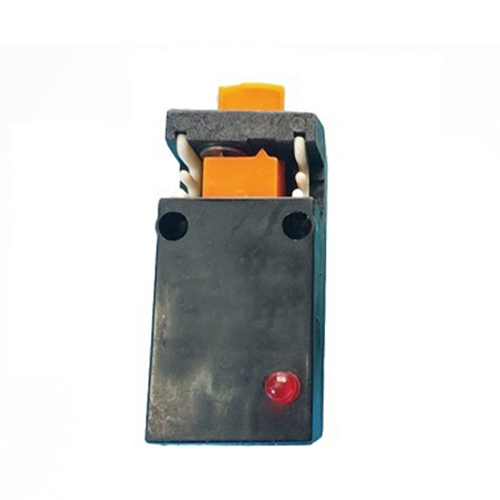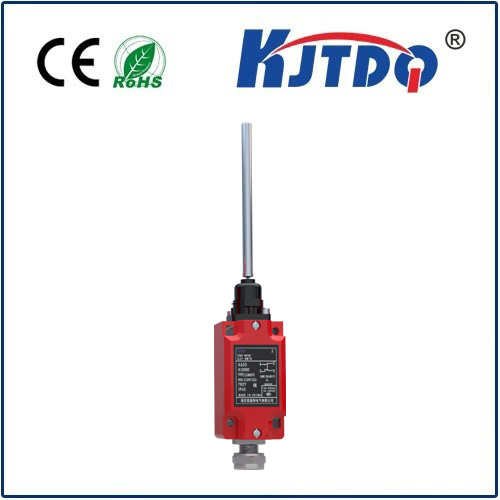standard limit switch
- time:2025-09-12 04:03:19
- Click:0
The Unsung Hero of Automation: Demystifying the Standard Limit Switch
Imagine a busy bottling line. Filled bottles zoom along a conveyor, perfectly positioned under labeling heads, then reliably shunted towards packaging – all without constant human oversight. What makes this seemingly effortless precision possible? Often, a small, robust, unassuming component is silently orchestrating these movements: the standard limit switch. This fundamental workhorse of industrial control remains the go-to choice for countless position detection and safety tasks across diverse industries.
What Exactly is a Standard Limit Switch?
At its core, a standard limit switch, also commonly called a mechanical limit switch, is an electro-mechanical device. Its primary function is to detect the presence or absence of an object, or to monitor its position relative to a specific boundary. It achieves this through physical actuation. When the target object (or a moving part of a machine) comes into contact with the switch’s actuator mechanism (like a lever arm, roller plunger, or rod), this physical force is transferred internally. This action causes internal electrical contacts to change state – typically opening (breaking) or closing (making) an electrical circuit. This fundamental signal change is the critical output, signaling to a machine’s control system (like a PLC - Programmable Logic Controller) that a specific position has been reached or a limit has been encountered. It’s this direct, physical interaction that defines the mechanical aspect of this widely used switch type.
Peering Inside: Key Components and Variations

Understanding the mechanics reveals its reliability:
- Housing: Typically rugged metal (zinc die-cast, aluminum) or high-strength engineered plastic. This protects internal components from environmental hazards like dust, moisture (measured by IP ratings like IP65, IP67), impacts, and chemical exposure, crucial for industrial settings.
- Actuator: This is the “touchpoint.” Common types include:
- Lever Arms: Often with rollers to reduce friction. Ideal for sensing moving parts from the side.
- Plungers (Push Rods): Detect straight-line, head-on movement. May have springs.
- Wobble Sticks (Flex Rods): Detect movement from almost any direction. Very common.
- Rotary Actuators: Sense rotational position limits.
- The choice depends entirely on the required direction of actuation and the nature of the object being detected.
- Contact Mechanism (Snap-Action): The heart of the switch. Actuator movement transmits force here. Internally, a precisely calibrated spring mechanism ensures contacts “snap” rapidly open or closed. This snap-action is critical - it prevents contact arcing caused by slow movement (enhancing lifespan) and provides a crisp, reliable electrical signal regardless of actuator speed.
- Electrical Terminals: Where external wiring connects. Common configurations include SPDT (Single Pole, Double Throw – Form C: Common, Normally Open, Normally Closed) or DPDT (Double Pole, Double Throw). SPDT configurations are exceptionally common, providing both NO and NC contacts from a single device for maximum flexibility in control logic.
The Indispensable Roles: Where Standard Limit Switches Shine
Their simple, robust design makes them indispensable solutions for numerous tasks:
- End-of-Travel Detection: The quintessential role. Ensuring machines stop moving before they collide with hard stops or exceed safe operational boundaries, preventing costly damage and downtime. Think CNC machine axes, garage doors, or conveyor end stops.
- Position Verification: Confirming parts are correctly located before a process step begins. Is a robotic gripper fully open? Is the workpiece clamped securely? Has an elevator reached the desired floor? Limit switches provide this vital feedback. This position sensing underpins sequence control reliability.
- Safety Interlocking: Acting as critical components within safety circuits. Opening a machine guard door can actuate a limit switch, instantly cutting power to moving parts (Emergency Stop logic often incorporates them). They are essential for automation safety compliance.
- Counting & Sequencing: Detecting repetitive movements allows simple counting functions (e.g., bottles passing a point) and triggering sequential steps in automated processes.
- Level Control (Simple): While not primary sensors, they can detect the presence/absence of material at a specific point in bins or hoppers.
Choosing the Right Standard Limit Switch: Key Considerations
Selecting the optimal switch requires matching its specifications to the application demands:
- Environmental Conditions: Is exposure to dust, water, oils, extreme temperatures, or corrosive agents expected? IP (Ingress Protection) ratings are paramount here (e.g., IP67 for washdown environments). Material compatibility matters.
- Actuator Type & Force: How will the moving object contact the switch? Side-swipe requires a lever or wobble stick; direct linear approach demands a plunger. Ensure the actuator can withstand the anticipated operating force and frequency (mechanical endurance).
- Electrical Requirements: Match the switch’s voltage rating (AC/DC) and current rating (resistive and inductive loads) to the control circuit. Pay close attention to the contact configuration (SPDT is most versatile) needed for your control logic (e.g., requiring a NC contact for safety circuits).
- Operational Life Expectancy: Standard limit switches offer excellent mechanical endurance (often millions of operations). However, high-speed cycling applications necessitate switches specifically rated for such duty. Consider contact material (e.g., silver alloy) suitable for the expected electrical load.
- Physical Size & Mounting: Ensure the switch fits the available space and its mounting configuration (e.g., threaded body, base mounts) suits the machine structure. Actuator travel and reset positioning also require attention.
Installation & Maintenance: Ensuring Longevity
Proper implementation further enhances reliability:
- Secure Mounting: Ensure the switch body is rigidly fixed; vibrations can cause premature failure or false signals.
- Precise Actuator Positioning: The target must reliably actuate the switch without over-traveling excessively or failing to engage it. Adjustability is often key.
- Protecting Against Over-Travel: While switches have built-in over-travel allowances, adding external mechanical stops prevents damage if the machine inertia is high.
- Regular Inspection: Periodically check actuator function, look for physical damage, listen for unusual operating sounds, and verify electrical signal integrity. Cleaning away debris buildup is crucial.
The Enduring Relevance
Despite the proliferation of advanced sensors like proximity sensors (inductive, capacitive) and photoelectric sensors offering non-contact detection, the standard limit switch retains a vital position in automation. Its strengths – direct physical sensing for unambiguous position, robust construction to withstand harsh environments, high reliability, straightforward installation and diagnostics, and inherent cost-effectiveness – ensure its continued presence. For tasks demanding positive confirmation of physical position, enforcing critical travel limits, or providing dependable safety interlocks, the standard mechanical limit switch remains an essential, reliable, and often irreplaceable component. It’s the persistent sentinel guarding the boundaries of motion control.






